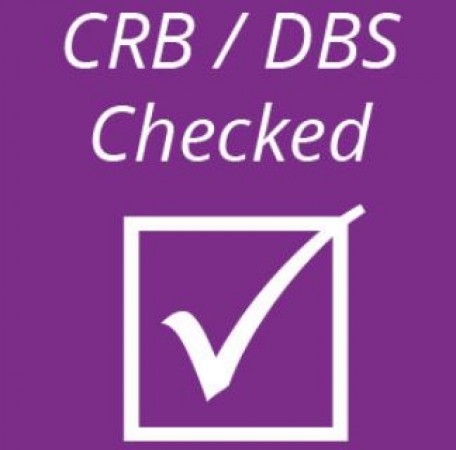Almost three-quarters of a million jobs were lost from company payrolls since the beginning of the coronavirus pandemic in March. If they examine these jobs in greater detail, it appears that the youngest and oldest workers are currently bearing the brunt of the employment crisis.
Recent information by the Office for National Statistics suggests that the outcome of this pandemic is not going to be that bad. Judging by figures, unemployment remains below 4% and barely budged since the arrival of Covid-19 at the beginning of the year. Employment was down 220,000 between the first and second quarters which doesn’t look terrible given that the economy contracted by a fifth over the same period. However, while these numbers appear to stay correct on paper, there are several reasons for the information, and they are not necessarily positive.
During the initial stages of the Coronavirus pandemic, the Government stepped in to assist companies with multiple schemes since a large number of people were now working from home or had taken a lot of time off which was decreasing productivity. One of the most significant of these schemes was the job retention scheme, which meant millions of workers were furloughed since March. The Government was paying 80% of workers wages up to £2,500 per month with the company paying the difference, which was a giant boost to reduce layoffs. The scheme protected 8 million jobs across 1 million companies in the opening week of the program. While companies were not getting enough work to hold on to these jobs, the Government aide assisted massively.
Furthermore, people are only added to the unemployment statistics if they are both out of work and seeking employment. With rules about social distancing, remote working, and staying at home, most felt that there was no point in looking for a job while the economy was locked down, and they could do the same once everything opens up anyway. These people were classified as inactive instead of jobless. Furthermore, people claiming unemployment benefits increased to reach almost 2.1 million since the beginning of the pandemic in April, according to official figures.While this might not be an accurate measure to see the state of the economy, it does provide better statistics.
With the economy slowly opening up, companies have started opening their doors maintaining all Government rules of distance, a specific number of people in a room, and working remotely for as often as possible. The new normal involves coordinating with people using the phone or through video call whether a client or the rest of the team for a meeting. Employers have started conducting background checks on their employees since they are not seeing them in the office as often as possible. They can get these done through multiple different tests, including the CRB check online, which saves time and is more convenient. However, some jobs, like working at a nursing home need more detailed checks like DBS check, which other than a criminal history, provides information like whether they should be around older people or younger children.These tests verify whether they have had an incident in the past, stopping them from a particular job.
Gold and silver prices falls these much in two days


